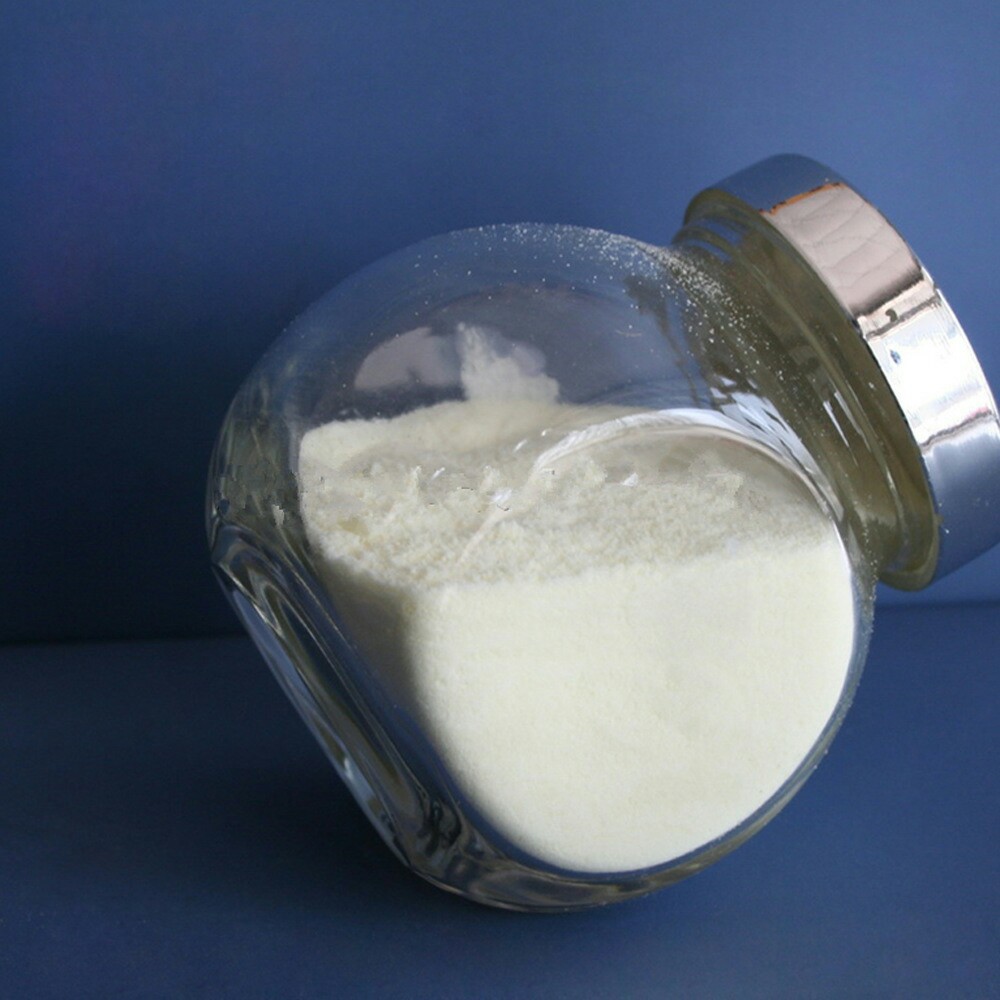[alias] monochloroacetic acid, monochloroacetic acid, chloroacetic acid.
[Molecular formula]C2H3CO2
[Structural formula]C1CH2COOH

[Property] Chloroacetic acid is a halogenated acid, which is a H atom on the methyl group in the acetic acid molecule is replaced by a Cl atom The final product is colorless or light yellow crystals with a pungent odor. The boiling point is 187.85°C, the relative density is I.4043 (40°C), and the refractive index is 1.4330 (60°C). It has four crystals (α, β, γ, and δ type), and their melting points are 63°C (α type), 56.2°C (β type), 52.5°C (γ type) and 42.75°C (δ type). The melting point of industrial products is 61-63°C. Soluble in water, benzene, ethanol and ether. It is a more active acid than acetic acid, and its acidity is stronger than that of acetic acid. It can turn blue litmus paper red. The cl atom in chloroacetic acid can be replaced by —OH, —SH, —CN, —NH2, —F and other groups replaced. It is highly corrosive and can damage metal, rubber and cork.
[Application]It is the intermediate of dyestuff, medicine, pesticide, synthetic resin and other organic synthetic materials. It is used in the dye industry to produce indigo dye. In the pharmaceutical industry, it is used to synthesize barbiturates, caffeine, epinephrine, vitamin R6 and glycine, etc. The pesticide industry is used to produce dimethoate, 2,4-D butyl ester (herbicide; 2,4,5-T (herbicide and growth stimulant), thiocyanoacetic acid and naphthalene acetic acid, etc. Chloroacetic acid is also a An important carboxymethylating agent, used to prepare sodium carboxymethylcellulose, ethylenediaminetetraacetic acid, etc., and also used as a flotation agent for non-ferrous metals and a reagent for chromatographic analysis.
[Simple preparation method] Glacial acetic acid reacts with chlorine gas at about 95℃ under the action of sulfur (or red phosphorus) catalyst Chloroacetic acid was obtained.
[Safety and Protection] Chloroacetic acid is a Class II organic acid corrosive substance, hazard code number: 94003. Packed in woven bags lined with plastic bags or plastic-lined iron drums, each bag (or drum) has a net weight of 25kg or 50kg, and marked with the “corrosion product” mark. Should be stored in a cool, dry place.
Chloroacetic acid is highly toxic, highly corrosive and irritating. When it touches the skin, it should be washed with plenty of water. In severe cases, it should be sent to the hospital for treatment.

 微信扫一扫打赏
微信扫一扫打赏

